1. Saving Bacon Grease for Cooking

Back in the day, bacon grease wasn’t just tossed—it was a prized kitchen staple. Housewives would pour it into a tin can or jar and keep it near the stove to use later. A little bit of that flavorful fat could transform plain green beans or fried potatoes into something special. It added richness without needing butter or oil, which were often more expensive or harder to come by according to Martha Stewart.
Even scrambled eggs tasted better with a touch of bacon drippings. It was a simple way to stretch ingredients and make meals feel heartier. And honestly, it felt good not to waste a drop of something so flavorful. That old coffee tin of grease was basically liquid gold adds Southern Living.
2. Reusing Tea Bags More Than Once

Stretching a grocery budget meant stretching even the smallest things—like tea bags. Many housewives would reuse the same tea bag two or three times, especially if it was for one person’s cup. If company came over, they’d steep all the used bags together to make a decent pot. No one was any the wiser, and it still felt like a treat says Homes and Gardens.
Sometimes the used bags were saved in a little dish by the sink and used later in the day. If the flavor felt too weak, a little lemon or sugar helped cover that up. It wasn’t fancy, but it got the job done. And when every penny counted, small habits like this made a big difference adds the Guardian.
3. Making Broth from Scraps

Chicken bones, onion skins, carrot tops—nothing was wasted. Housewives would collect veggie scraps and meat bones in a freezer bag or pot and use them to make homemade broth. It added depth to soups, rice, and casseroles without the need for store-bought stock. Plus, it made the house smell incredible while it simmered.
Some even threw in herbs from the garden or leftover gravy to enhance the flavor. It was like creating something out of nothing. A good pot of broth could feed a family all week with a little creativity. And it always felt a bit like magic.
4. Watering Down Juices and Milk

When you had a big family and a small bottle of juice, you had to make it last. Many housewives would quietly water down juice to stretch it just a bit further. The kids usually didn’t notice, especially if the juice was served cold. Some even did the same with milk for cooking or cereal.
It wasn’t ideal, but it worked when budgets were tight. A little dilution meant you didn’t have to buy another carton quite so soon. It was one of those quiet tricks that helped money go just a little further. And it was worth it to keep from running out before payday.
5. Baking Bread at Home
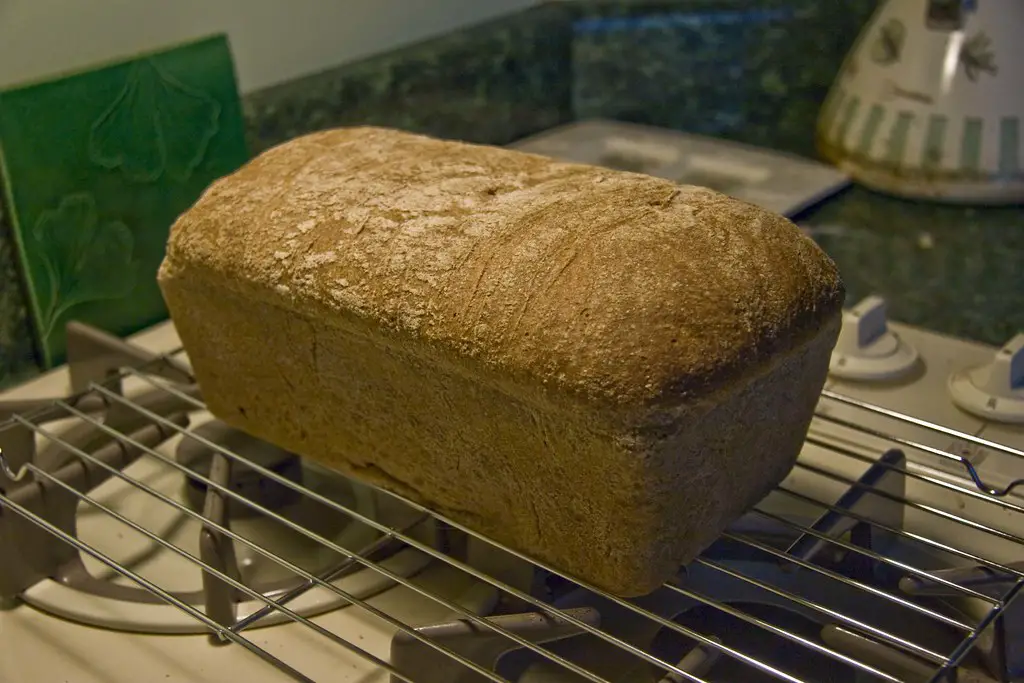
Buying bread at the store added up fast, so many women just made their own. A sack of flour, a little yeast, and some water could go a long way. It took time, but the payoff was worth it—plus, it made the kitchen smell amazing. Kids would come running the second it came out of the oven.
Some added oats, molasses, or even mashed potatoes to make it stretch and taste heartier. Homemade bread also stayed fresh longer and didn’t have all the preservatives. Toasted with butter, it felt like a real treat. And it saved a surprising amount of money over time.
6. Using Day-Old Bread for Everything

Once bread started to go stale, it wasn’t tossed—it was repurposed. Housewives used it for breadcrumbs, French toast, stuffing, or even bread pudding. Nothing went to waste if it could still be eaten. A little milk and sugar could turn stale slices into dessert.
Some even dried it out completely and stored it in a tin for topping casseroles. Others soaked it in broth to stretch meatloaf or meatballs. It was all about getting creative with what was on hand. And in the end, it often tasted even better than fresh.
7. Growing Herbs and Vegetables at Home

If there was any yard space at all, there was likely a garden. Even a few pots on a windowsill could grow enough herbs to save trips to the store. Housewives planted tomatoes, beans, lettuce, and whatever else they could manage. It wasn’t just thrifty—it was rewarding.
Kids often helped with watering and picking, making it a family affair. In the summer, you could count on fresh produce without spending a dime. Extra harvests were canned or frozen for the winter months. And everything just tasted fresher straight from the backyard.
8. Turning Leftovers into New Meals
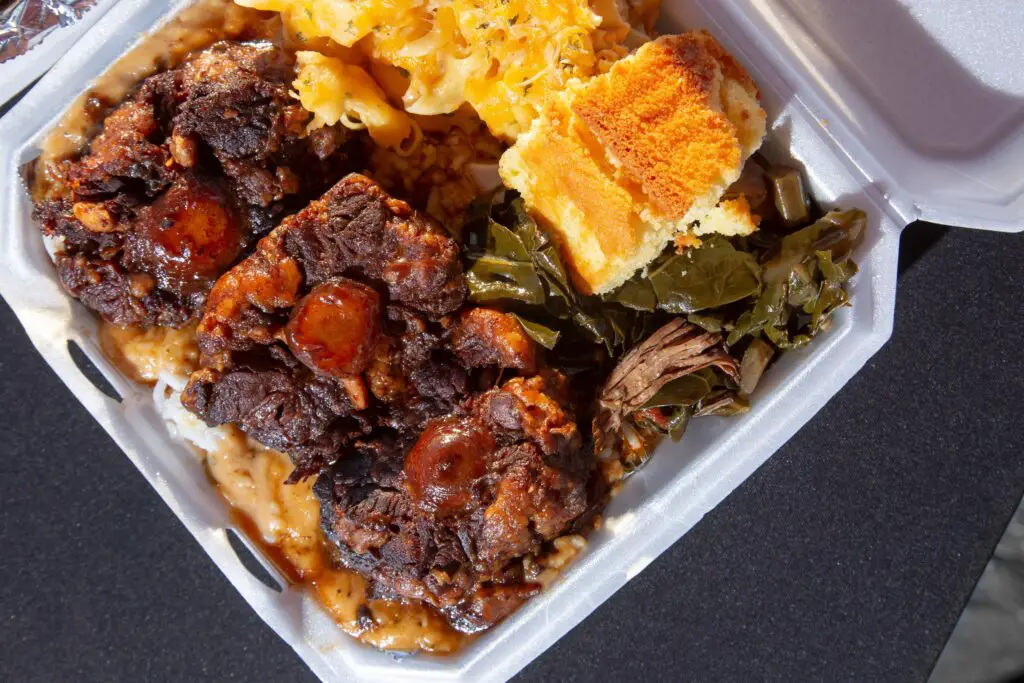
Leftovers weren’t just reheated—they were reinvented. Last night’s roast chicken became today’s chicken salad or soup. Mashed potatoes got turned into potato pancakes. It was a game of “what can I make this into?” every night.
Some moms got so good at it, their family didn’t even realize they were eating leftovers. It was about making meals feel new without buying more ingredients. A little gravy or cheese could completely change a dish. It was all about stretching the budget without stretching taste.
9. Making Coffee Go Further

Coffee was a daily ritual, but it wasn’t cheap. To stretch it, housewives often reused grounds for a second pot. It wasn’t quite as strong, but it still had that comforting flavor. Some added a pinch of salt or cinnamon to revive it a little.
Others mixed chicory in with the grounds to make it last longer. It became part of the flavor profile over time. Coffee wasn’t just a luxury—it was a necessity, and they found ways to make it work. You’d be surprised how resourceful they could be before the next trip to the store.
10. Buying in Bulk When Possible
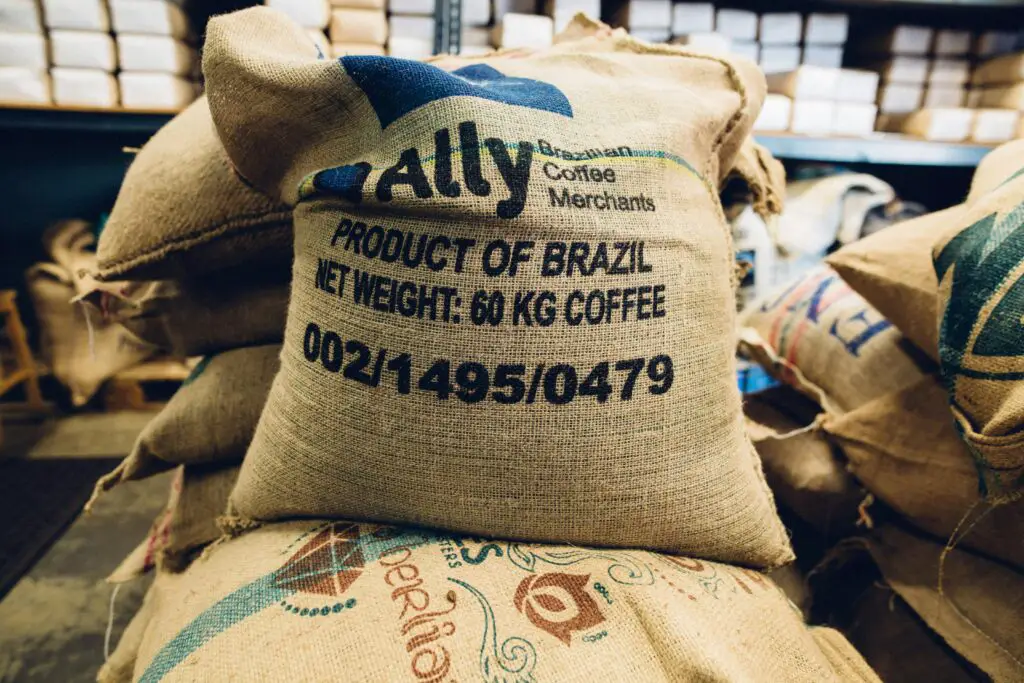
When there was a little extra money, it went toward bulk basics. Bags of flour, sugar, rice, and dried beans could last a long time. It required planning ahead, but it saved money in the long run. Housewives would store bulk goods in big tins or jars to keep them fresh.
Some even split large purchases with neighbors to get the discount. It created a little sense of community and shared savings. Bulk buying meant fewer trips to the store, which also meant less temptation. And once the pantry was stocked, meals came together a lot easier.
11. Making Their Own Cleaning Products

Vinegar, baking soda, and a little elbow grease could clean almost anything. Housewives often made their own cleaners instead of buying the pricey ones from the store. Vinegar and water cleaned windows. Baking soda scrubbed sinks and tubs.
Not only was it cheaper, it was safer for kids and pets. And many of these homemade cleaners worked just as well—if not better—than store-bought ones. It felt good to use every part of what was already in the kitchen. And every dollar saved on cleaning supplies meant more room in the grocery budget.
12. Swapping Meals with Neighbors
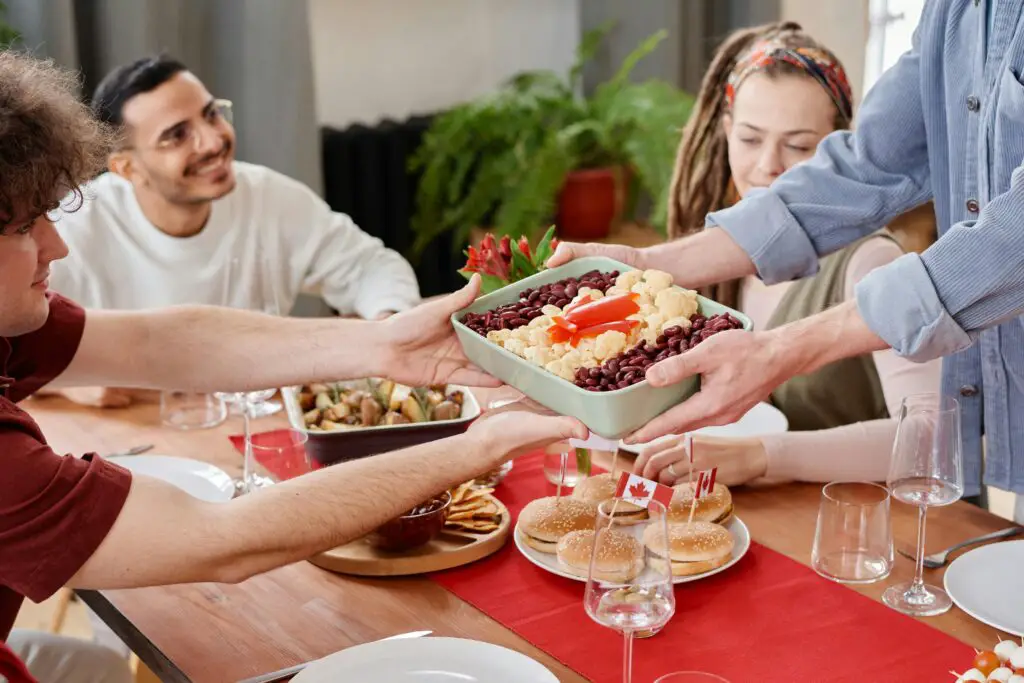
In some neighborhoods, women would take turns making big meals and sharing them with nearby families. It saved time and money and gave everyone a little variety. One night might be a big pot of spaghetti from the Johnsons, and the next might be stew from the Millers. It felt like potluck night without the party.
Sometimes ingredients were traded instead—someone had eggs, someone else had sugar. These informal swaps built strong bonds and stretched groceries further than anyone could alone. It was community care before it had a name. And it helped make tough times feel a little easier.
13. Making Do Without Meat
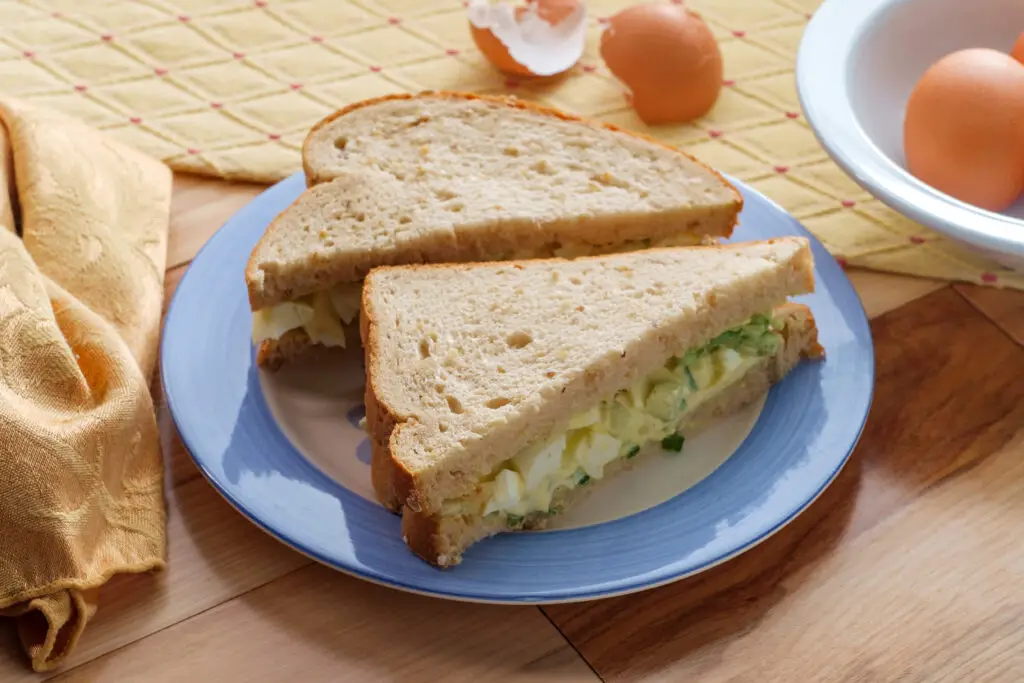
Meat was expensive, so many meals were meatless without feeling like it. Beans, lentils, rice, and vegetables filled the plate and stomach. A little bacon or ham hock might flavor a dish, but it wasn’t the star. Cheese, when affordable, added richness.
Dishes like casseroles, soups, and stews made a small amount of meat go further. And no one really complained because the meals were hearty and satisfying. Housewives got creative with spices and sauces to keep things interesting. And it helped keep the grocery bill down without sacrificing nutrition.
14. Keeping a Price Book

Some women tracked prices by hand in a little notebook. They’d write down how much things cost at different stores and compare. That way, they always knew where to get the best deal on flour, milk, or butter. It took time, but it gave them control.
They’d even note when certain stores had predictable sales and stock up then. The notebook became like a personal grocery guide. It wasn’t fancy, but it worked. And it turned a weekly chore into something more strategic.
15. Using Coupons and Rebates Religiously

Long before digital deals, paper coupons ruled the kitchen drawer. Housewives clipped them from newspapers, magazines, and mailers and sorted them by type. It wasn’t uncommon to see an envelope full of coupons during a grocery trip. Every dime saved mattered.
Some even mailed in barcodes or receipts to get rebates or promotional freebies. It felt like a little win every time a discount rang up at the register. Couponing took time, but it paid off—sometimes literally. And when combined with sales, it was a game-changer.
